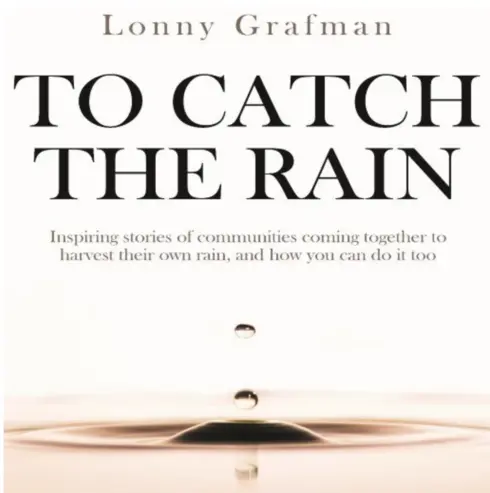
To Catch the Rain
No ratings
Lonny Grafman, Humboldt State University
Copyright Year:
ISBN 13: 9781947112049
Publisher: Humboldt State University Press
Language: English
Formats Available
Conditions of Use
![]() Attribution-ShareAlike
Attribution-ShareAlike
CC BY-SA
Table of Contents
- 1. Introduction
- 2. Components
- 3. Pressure
- 4. Calculations
- 5. Full Systems and Stories
- 6. Other Useful Stuff
- 7. Problem Sets
About the Book
To Catch the Rain is targeted at makers – DIYers looking for practical solutions to water problems for themselves or their communities. The book also provides an excellent overview of rainwater harvesting for students and teachers in environmental science, sustainable design, international development and engineering.
About the Contributors
Author
Lonny Grafman is an Instructor of Environmental Resources Engineering and Appropriate Technology at Humboldt State University; the founder of the Practivistas summer abroad, full immersion, Spanish language and resilient community technology program in Dominican Republic; the Advisor for the epi-apocalyptic city art projects, Waterpod, Flock House, and WetLand; the Executive Editor of the International Journal for Service Learning in Engineering; the CEO of Propelsion, a design and creativity incubator in Humboldt County; and the Founder and President of the Appropedia Foundation, sharing knowledge to build rich, sustainable lives. He is also a board member of engaged community organizations such as Locally Delicious, Thrivable, and Ashevillage Institute.
Lonny has taught courses at universities in four countries and facilitated interactive workshops in dozens of locations. He has worked, and led teams, on hundreds of domestic and international projects across a broad spectrum of sustainability - from solar power to improved cookstoves, from micro-hydro power to rainwater catchment, from earthen construction to plastic bottle schoolrooms. Throughout all of these technology implementations, he has found the most vital component to be community.
